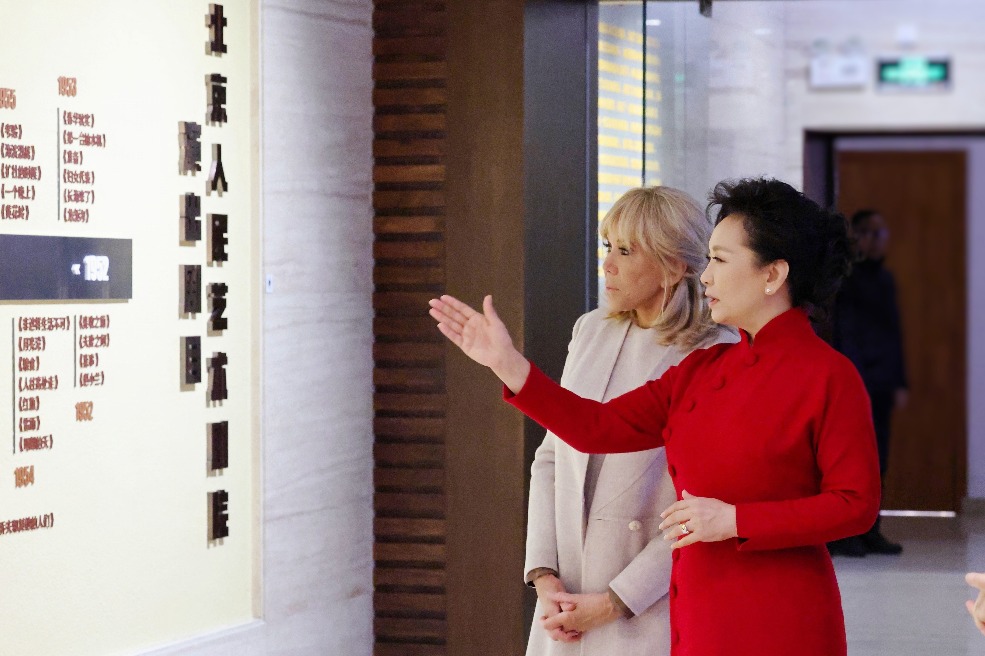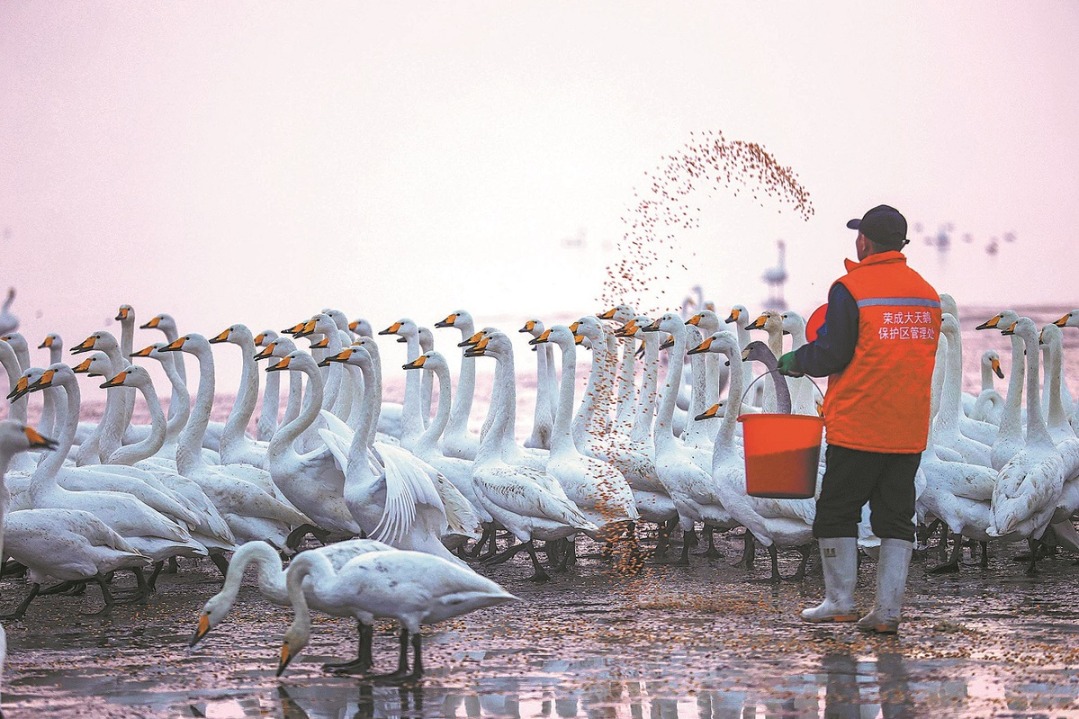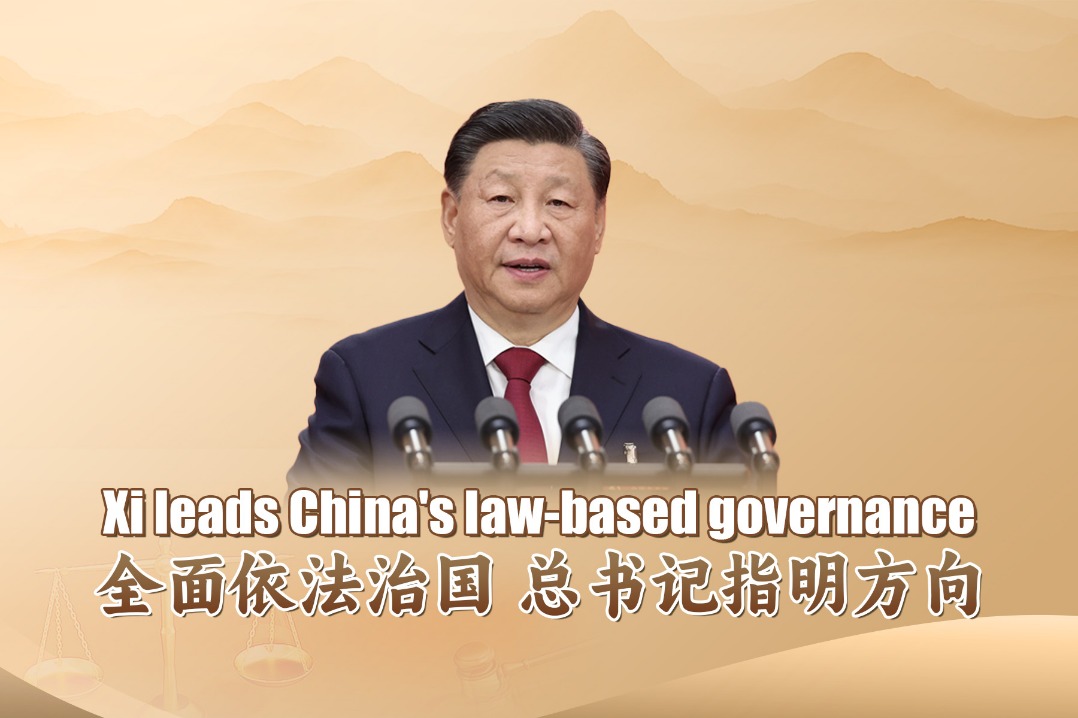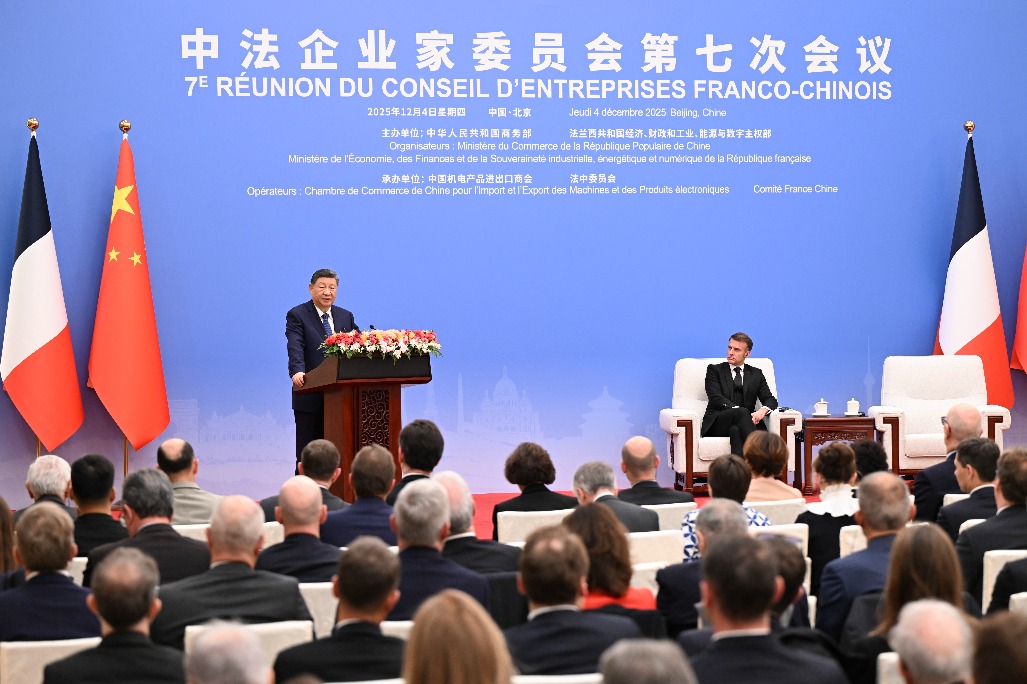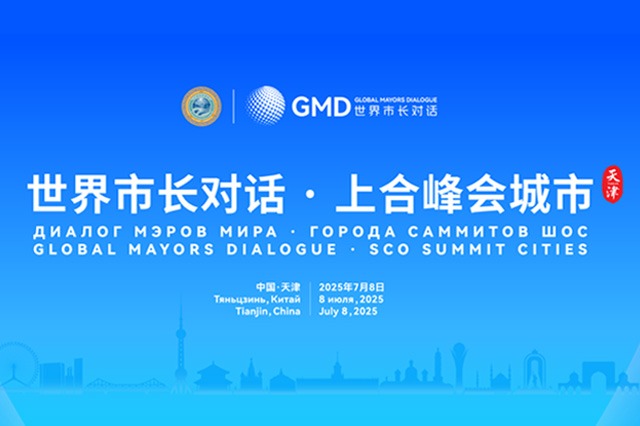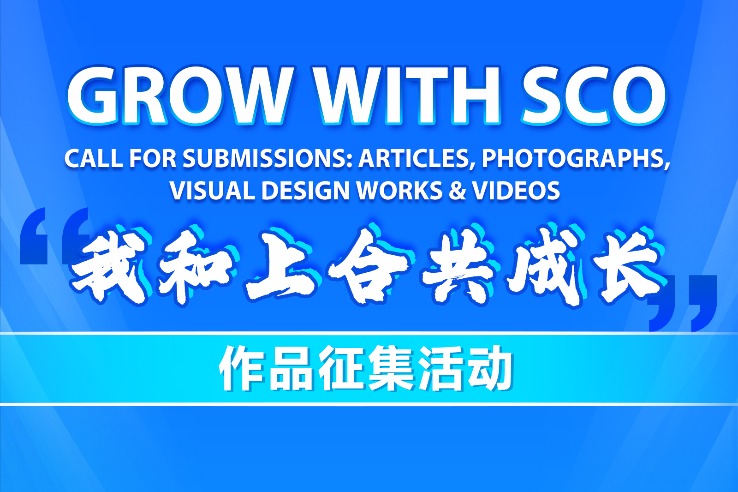New output reshaping talent strategy
Roles at overseas Chinese companies expanding, leading to skills shortage
By LI JIAYING | China Daily | Updated: 2025-03-29 07:04
China's continued push for high value-added manufacturing is reshaping the nation's global talent strategy in the face of new demands and challenges from overseas employment, according to an industry report.
Sectors such as new energy, automobiles, mechanical equipment, and electronic and electrical products are leading the transition to high value-added manufacturing, accounting for around a quarter of the total manufacturing export volume in 2023, a white paper on talent for Chinese manufacturers going global by the Institute for Global Industry, Tsinghua University, global employee management and payroll platform PayInOne and other related institutions, showed.
As Chinese manufacturers navigate through new trends, so do their talent needs.
The white paper said roles at the overseas branches of various companies used to focus on sales and administrative functions, but demand is now expanding into production operations and research and development, including trending positions such as autonomous driving test specialists, technology-driven engineers, and supply chain managers.
As Chinese manufacturers expand further overseas, "job requirements have shifted from focusing on 0-to-1 experience to placing greater emphasis on localized operations", said Li Donghong, a professor at Tsinghua University's School of Economics and Management.
However, attracting top-tier talent abroad still remains a challenge.
"The manufacturing sector's overall salary levels are relatively lower, making it difficult to recruit highly skilled professionals with international experience," Li said, adding that there is also a shortage of experts with advanced manufacturing techniques and cross-functional management skills.
Beyond talent acquisition, companies going global must also navigate financial and logistical challenges, such as the costs of relocating employees, inefficient recruitment channels and management of both full-time and flexible workforces, said Lin Tan, founder and CEO of PayInOne.
According to data from the payroll platform, about 73 percent of surveyed companies struggle with compliance risks, 68 percent face complex administrative hurdles, and 62 percent find cost control difficult.
At the same time, shifting global trade policies are adding another layer of complexity.
Recent US tariff measures have pushed many Chinese manufacturers to expand their overseas operations as a way to retain global customers and remain competitive.
"For a manufacturing company like us, setting up overseas production facilities is currently the best, if not the only, solution," said Chen Yu, general manager of Zhejiang Hongguan Lighting.
Lin added that Chinese manufacturers are weighing their options carefully. Many are drawn to Southeast Asia for its lower costs, while others choose Mexico to bypass tariffs while entering the US market.
Nevertheless, hasty expansion driven by anxiety rather than strategic planning merits vigilance, said Li, suggesting companies should fully assess challenges before making overseas investments.
"We must avoid blindly following the trend of setting up factories abroad," Li said, adding that China has the world's most complete and sophisticated supply chain. "When companies move manufacturing overseas, they often struggle with fragmented supply chains, which can unexpectedly drive up costs rather than reduce them."
Xiao Lin, founder and chairman of Shanghai-based new material company Nalinv, echoed this concern: "Expanding overseas means dealing with new technologies, new processes, and new equipment, which makes rebuilding a reliable supply chain a time-consuming process."
While some equipment and materials can be sourced from China, full localization remains essential for a successful overseas expansion, Xiao said.
lijiaying@chinadaily.com.cn





